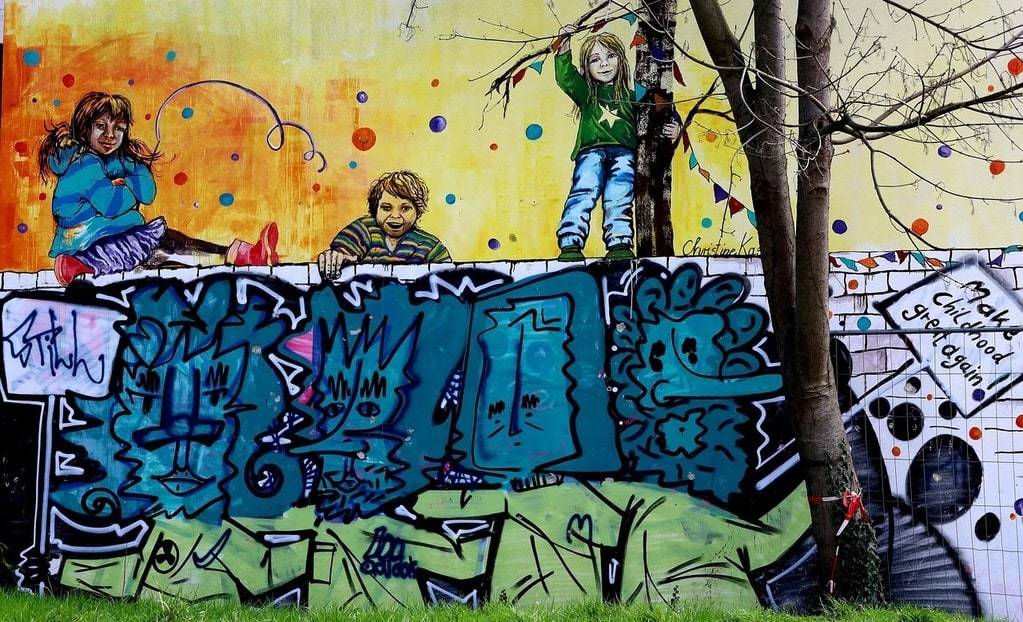The contemporary art scene is in a constant state of flux, adapting to new technologies, societal changes, and evolving artistic philosophies. In recent years, numerous trends have emerged that reflect the dynamic nature of this creative domain. Artists are increasingly challenging traditional norms and embracing innovative mediums, resulting in a vibrant and multifaceted art landscape that continues to surprise and inspire.
New approaches and themes in contemporary art
Contemporary art has shifted from merely exploring aesthetic concepts to addressing a wide range of themes such as identity, politics, and technology. Many artists are now delving into issues related to environmental sustainability and social justice, making art a powerful tool for advocacy and change. The blending of these complex subjects within artworks has become more common, leading to creations that engage viewers on multiple levels.
Additionally, there is a growing tendency to incorporate elements of performance and interactive experiences. This shift away from static displays invites the audience to become participants in the art itself, making each piece more dynamic and personal. Such approaches are reshaping the very definition of what contemporary art can be and how it can be experienced.
The rise of digital art and NFTs
Digital technology has revolutionized the art world, giving rise to digital artworks and the booming market for Non-Fungible Tokens (NFTs). NFTs offer artists a way to authenticate and monetize their digital creations, which was previously a challenge in the digital art space. These tokens are not only reshaping the market but are also influencing the artistic process itself.
Through digital platforms, creators are now experimenting with AI-generated art, virtual reality, and augmented reality, creating immersive environments that were unimaginable a few decades ago. The emergence of these tools has sparked new conversations about the role of technology in creativity and the ownership of digital assets. This trend has also opened up opportunities for artists to engage with a global audience and explore innovative forms of artistic expression.

Art as a response to social change
Art has always served as a reflection of society, and contemporary artists are no exception. Many current works directly respond to ongoing societal shifts, such as the movement for racial and gender equality or the discussions around climate change. By addressing these subjects through art, creators are using their platform to stimulate dialogue and inspire collective action.
Installations and public artworks, in particular, have gained prominence as they engage with a broader audience and bring important issues into public spaces. The interconnection between art and activism has become more pronounced, with artists acting as both creators and advocates.
The resurgence of traditional techniques
While digital and conceptual art are flourishing, there is also a notable resurgence of interest in traditional art techniques. Artists are revisiting practices such as printmaking, sculpture, and hand-painted murals, often incorporating them into their contemporary works in unexpected ways. This blend of old and new mediums serves as a bridge between past and present, offering fresh perspectives on established practices.
Many creators are also turning to artisanal methods and craftsmanship, emphasizing the value of the handmade in an increasingly automated world. This trend highlights a desire to preserve the tactile nature of art, which provides a counterbalance to the rise of digital mediums.
Collaborative projects and multidisciplinary approaches
Collaboration has become a cornerstone of contemporary artistic practice. Artists are increasingly working with professionals from diverse fields such as science, technology, and fashion. These collaborations result in multidisciplinary projects that expand the boundaries of traditional art forms. For example, bio-art uses living organisms to create pieces that explore the intersection between biology and art, offering unique insights into both disciplines.
Artists are also forming collectives that operate outside the conventional gallery system, creating new platforms for showcasing their work. These collaborative efforts often address broader issues and allow for the sharing of resources and ideas, fostering a more inclusive and supportive art community.
In light of these developments, here is a summary of the key emerging trends in contemporary art :
- Increased focus on themes such as identity, social justice, and environmental concerns.
- The growing influence of digital technology and NFTs in the art market.
- Greater emphasis on interactive and participatory installations.
- Renewed interest in traditional techniques and artisanal methods.
- Collaboration with professionals from various disciplines and the formation of artist collectives.
Challenges and opportunities in the contemporary art landscape
While these trends reflect a vibrant and evolving art scene, they also present new challenges. The rise of digital platforms has led to concerns about accessibility and the sustainability of the art market. Additionally, the merging of art with activism raises questions about the role of the artist as a commentator or an agent of change.
On the other hand, these changes provide opportunities for new voices to emerge and for art to reach broader audiences. The blending of disciplines and mediums encourages continuous experimentation and innovation, ensuring that contemporary art remains an ever-evolving dialogue between the creator and the viewer.
The ongoing evolution of contemporary art illustrates the resilience and adaptability of the creative spirit. As new trends continue to shape the artistic landscape, the future promises even more diverse and groundbreaking developments.
